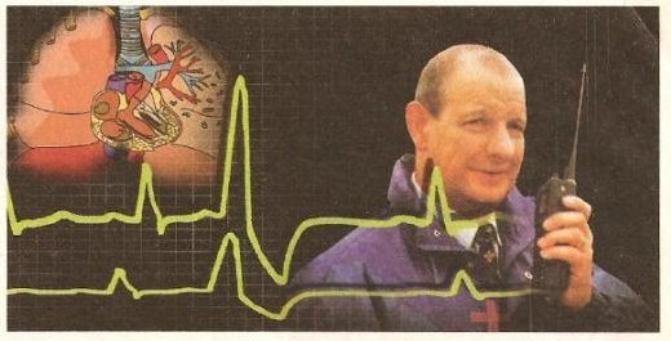Introduction to Biotelemetry

As Neil Armstrong was taking his first steps on alien soil, the reverberations of his actions were to be felt world-wide and forever. What people do not seem to realize is that during his memorable flight to the moon and while walking on our planet's magnificent satellite, his vital signs were continuously monitored from afar. Sensors were positioned in his space-suit and the data were collected so that his health could be monitored at all times. This form of data collection of one's vital signs and transmission to another location is what biotelemetry is all about.
So, by definition, biotelemetry is a method by which biomedical and physiological data are transmitted from the source to a location where that information can be interpreted and used to make decisions. There is a multitude of methods by which data can be transferred from a source to a receiver; historically, these have been based primarily on the use of wires. The advent of wireless technology and its increasingly widespread use, however, mean that the need for wires in biotelemetry can be obviated. (Citation c1).
Why Wireless Biotelemetry? Wireless biotelemetric systems offer many advantages over conventional, hard-wired systems and open the field of physiological monitoring to new and exciting levels of possibility! |  |
Sponsored by:
AP Chemistry and Honors Physics at Davis Senior High School
Contact Information: wraymond@djusd.net